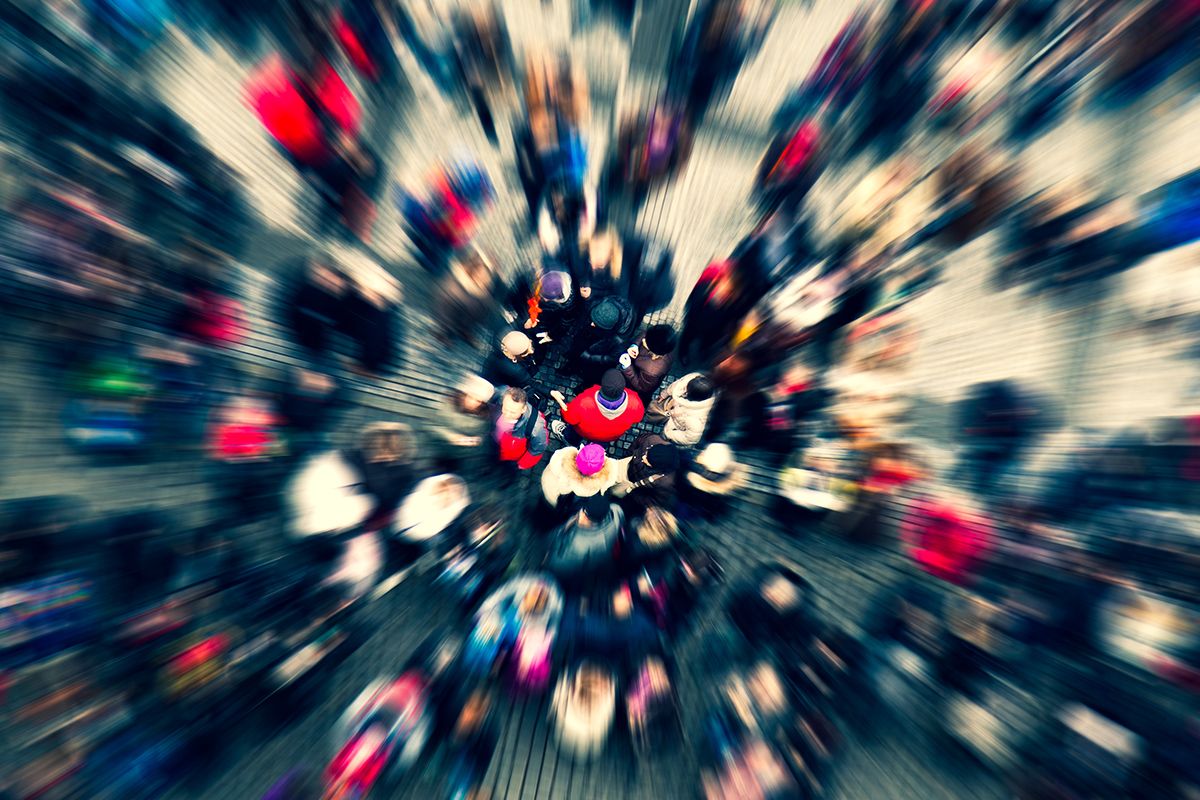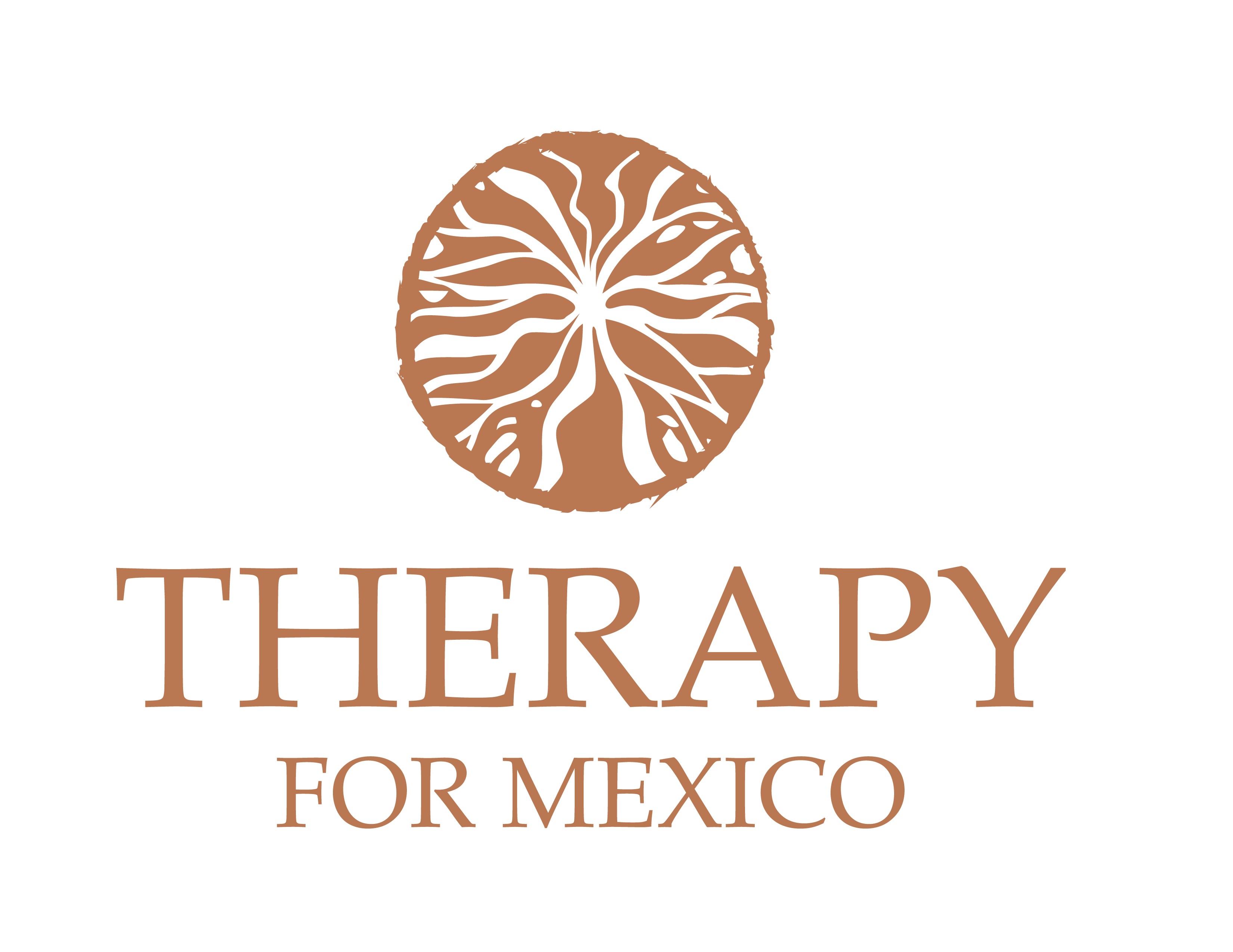Collective Trauma can be understood as a catastrophic event or process that disarticulates the fundamental fabric and the basic structures that our society has created to sustain its way of life.
There are many kinds of catastrophes that can bring about collective trauma. The COVID-19 pandemic that the world is experiencing in this intense year of 2020 is one example, possibly the first one where collective trauma impacts
the whole globe simultaneously. Our health systems, economic systems, global and local production chains, transport systems, both local and global, education systems, among others, have been disrupted severely, causing ripple
effects in millions of individuals, families and communities worldwide.
Other instances of collective trauma include natural disaster events, such as a hurricane or earthquake, or the impacts brought by a longer process, such as a draught or global warming. In all these, however, we human beings have
the opportunity to reaffirm our belonging by coming together in solidarity to protect our communities and help those most affected. The challenge is to maintain the support and connection after the acute phase of the crisis
is over.
The collective trauma events that are due to natural disasters do not leave the kind of scar that the collective trauma processes generated from humans subjecting or destroying other humans do. Wars, slavery, colonialism and other
forms of dehumanization, where a group of people use, abuse and/or annihilate others disable the use of solidarity as a resource, and leave profound traces in the collective psyche of the people involved. This, left unresolved
and unaddressed, keeps reemerging in subsequent generations and times.
The healing of these immense impacts requires that we distinguish a collective level of our identity and existence, and can most fruitfully be addressed collectively. A high level of field-coherence is needed in the group that
undertakes such an endeavour, as well as a high level of emotional maturity and capacity to host discomfort and even disturbing emotions. A high level of compassion and understanding of and sensibility to subtle body energy
and its movements are also very important resources, as well as a high level of spiritual practice. Collective trauma healing is a practice that needs to be undertaken with much care and can be very demanding, but the results
in terms of growth and health for those who do engage with it can be invaluable.

